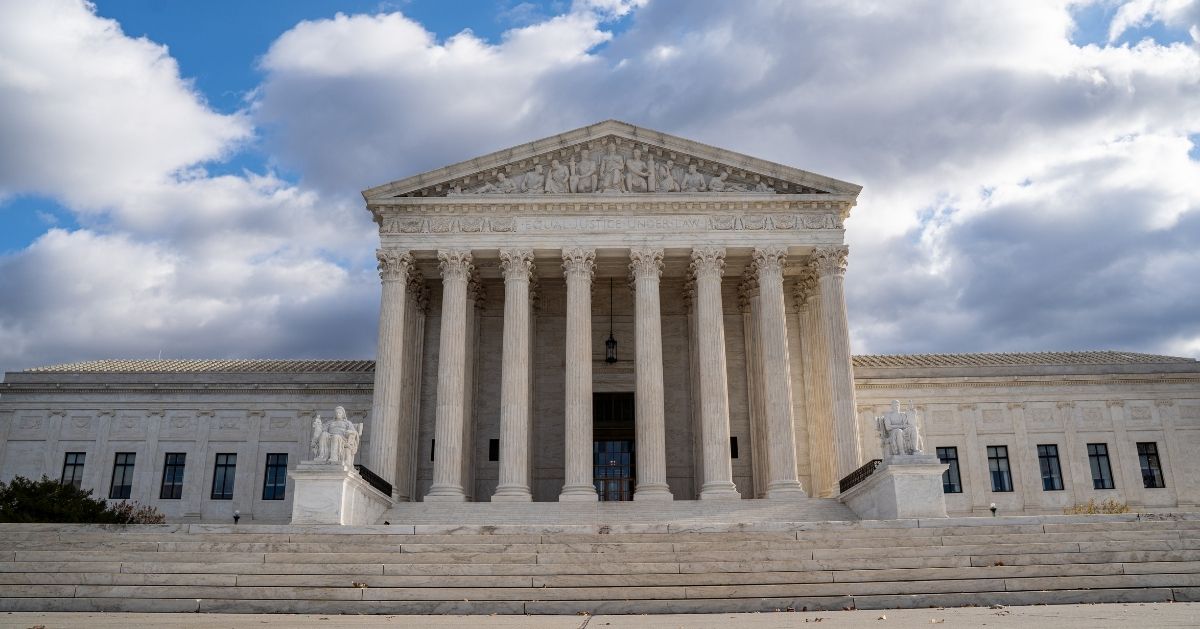Fox Weather reported that Kilauea's recent eruption at Hawaiʻi Volcanoes National Park posed minimal immediate risk to nearby communities.
Volcanic activity began on Sunday and escalated noticeably between 4 and 5 a.m. on Tuesday. This event occurred in a secluded section of the park, specifically around the remote Nāpau Crater, an area generally not accessible to the public.
The U.S. Geological Survey (USGS) closely monitored the situation and, following the initial eruption signs, declared an Orange/Watch alert. This classification signifies an ongoing eruption with confined effects that do not currently pose significant threats to safety or property.
Given the location in the expansive national park, the eruption's impacts remain limited, allowing scientists and park officials to manage the situation carefully.
Unfolding Events As Lava Emerges
Observers noted that a fissure nearly 1,600 feet long cracked open near the Nāpau Crater. Lava began flowing from this fissure, initially feeding two significant pools of molten rock that covered an area of approximately 4 acres.
On Monday, the USGS conducted aerial surveys, which provided crucial data. These flyovers revealed plumes of smoke from ignited trees and a landscape freshly coated in lava. Such surveys play a vital role in tracking the eruption's progression and assessing any changes in volcanic activity.
The aerial views gained from these surveys have proven invaluable in understanding the eruption's scope and behavior without endangering human life.
Continuing Vigilance Amidst Volcanic Activity
Kilauea’s history includes frequent periods of unrest and eruption. Since July, the volcano has shown signs of increased activity. The USGS has documented hundreds of daily earthquakes around the Upper East Rift Zone, signaling growing pressure beneath the earth that has now resulted in this eruption.
These earthquakes, varying in intensity, continuously remind the public of the dynamic and evolving nature of volcanic landforms. Tremors play a critical role in monitoring efforts, helping predict and prepare for volcanic events.
As a precaution, scientists remain on high alert, closely observing every change in geological data to anticipate any potential increase in the volcanic threat.
Safety Measures and Public Information
Despite the dramatic scenes of lava and smoke, officials have not deemed evacuations necessary. The eruption site's remoteness has fortunately limited the direct risk to populated areas and infrastructure.
Officials maintain open lines of communication with the public, keeping residents and visitors informed about the volcano's status and any necessary safety precautions.
For now, the situation remains stable, but authorities are ready to respond swiftly if volcanic activity intensifies or spreads beyond the currently affected areas.
Looking Ahead: Monitoring Kilauea's Activity
Kilauea's ongoing eruption presents both challenges and opportunities for scientific study. Consequently, researchers actively gather data, enhancing the understanding of volcanic processes and, in turn, improving the accuracy of future eruption predictions.
Moreover, as part of efforts to stay ahead of natural events, scientists apply advancements in technology and methodology to study this eruption, aiming to refine strategies for mitigating the effects of such natural disasters.
Additionally, the park's resilient ecosystem, adapted to Kilauea's frequent eruptions, provides unique insights into recovery and adaptation in the face of natural disturbances.

